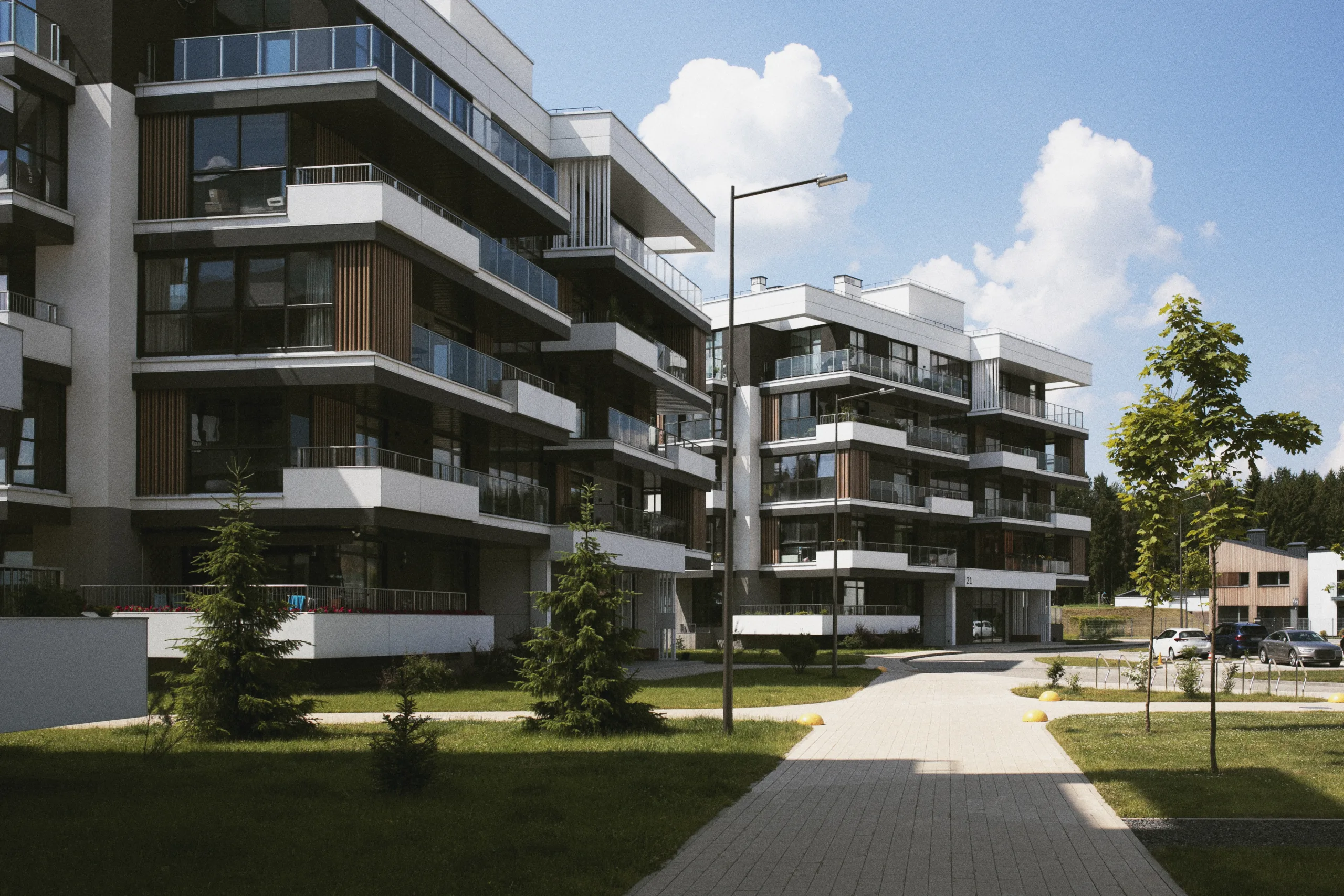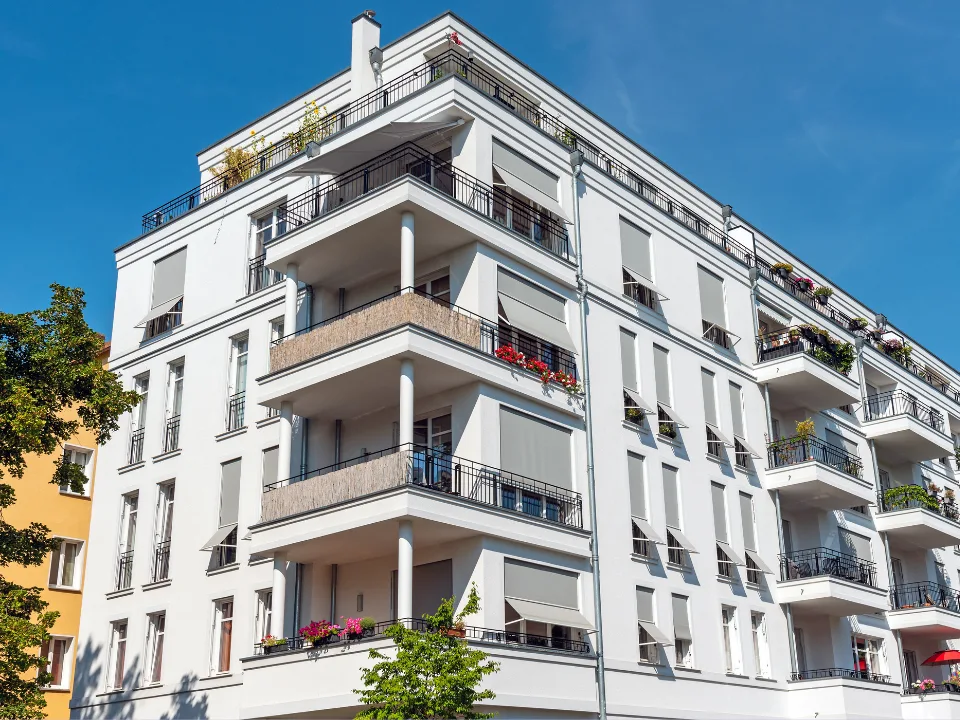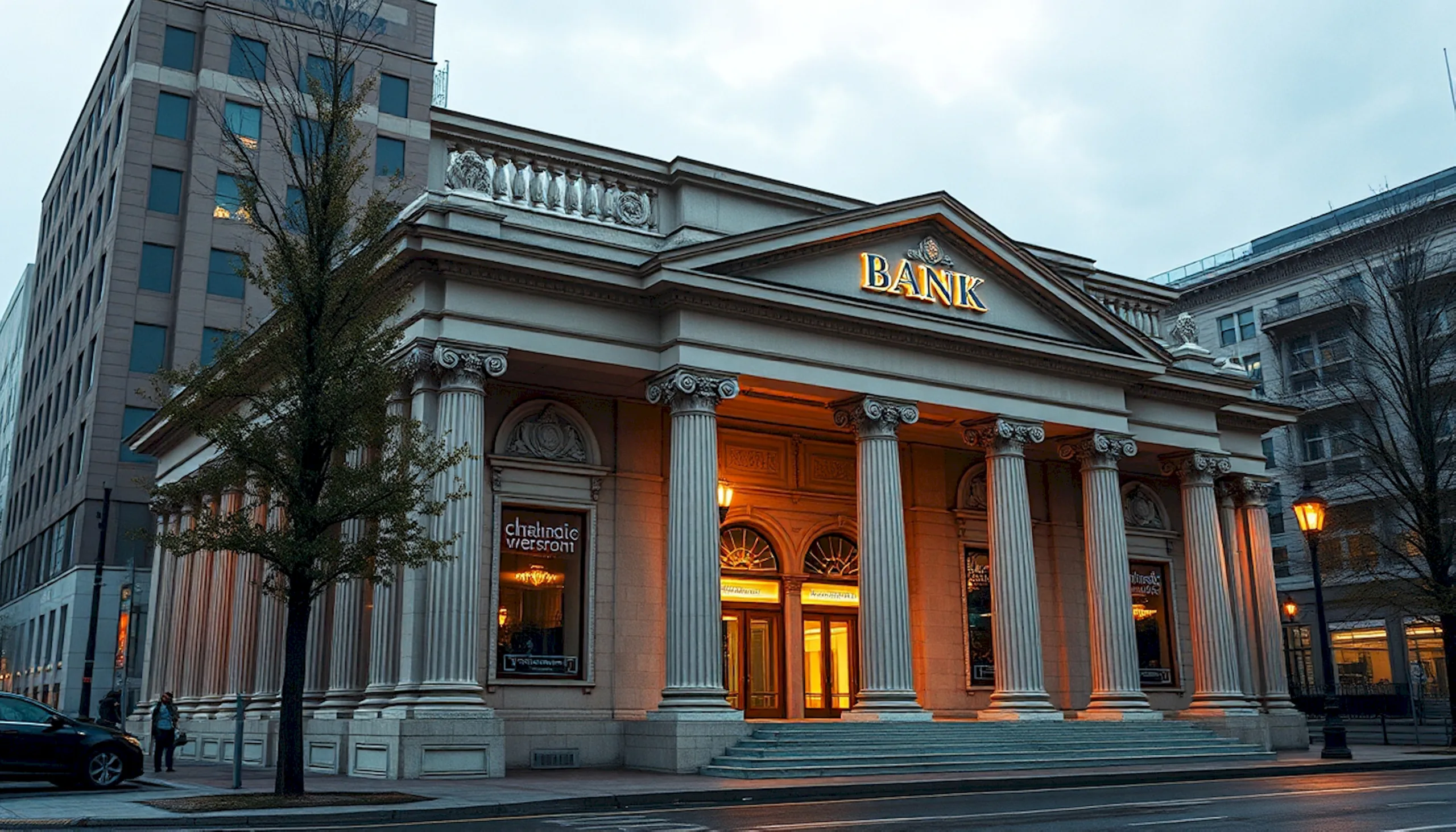- Affordable housing starts fell 28.7% nationally in 2024, as developers grappled with tightening financing conditions and cuts to federal housing programs.
- Developers are finding cost savings through partnerships for land use, reduced parking requirements, and by colocating housing with civic facilities like libraries and fire stations.
- Flexibility from local jurisdictions on zoning and planning rules has been crucial in allowing developers to add density and make projects financially viable.
Building anything right now is a challenge — but affordable housing is one of the toughest sectors. Despite a tough financing environment and federal cuts, developers in the Washington, DC area are finding creative ways to keep projects moving, as reported by Bisnow at the DMV Affordable Housing Summit.
Partnerships Are Key
To avoid risky land acquisitions and high carrying costs, developers are forming mission-aligned partnerships with nonprofits, local governments, and civic institutions. For example, AHC Inc. teamed up with Habitat for Humanity to build 195 affordable homes on county-owned land in Montgomery County, where more than half the homes will serve households earning 30%-50% of area median income (AMI).
AHC is also working with Goodwill in Arlington to build 128 units above a retail and donation center, targeting 60% AMI households and offering onsite daycare.
Building Above Civic Facilities
Developers like Dwell Design Studio are tapping into “air rights” above civic buildings — libraries, fire stations, and community centers — to create affordable housing while delivering new public amenities. This model helped DC redevelop the Engine 1 and Engine 13 fire stations into affordable housing and mixed-use projects.
True Ground Housing Partners (formerly APAH) saved significant parking costs by colocating its 516-unit project, The Exchange at Springhill Station, with a community center, sharing parking spaces between residents and daytime visitors.
Get Smarter about what matters in CRE
Stay ahead of trends in commercial real estate with CRE Daily – the free newsletter delivering everything you need to start your day in just 5-minutes
Land + Zoning Flexibility Makes It Possible
Beyond free or discounted land, developers emphasized the importance of local government flexibility. Fairfax County and DC are proactively identifying public land assets for affordable housing redevelopment, like the Chevy Chase Civic Site, where 30% of the future homes must be affordable.
Meanwhile, increased density allowances have unlocked larger projects. In Alexandria, Jair Lynch Real Estate Partners secured additional units by agreeing to make 195 homes affordable. In Arlington, True Ground is replacing 134 garden-style apartments with over 600 units thanks to a 2021 zoning change that doubled allowable building heights.
Why It Matters
In a period of financial uncertainty and high construction costs, innovation and public-private collaboration are critical to delivering affordable housing. Without creative land use, zoning flexibility, and cost-saving partnerships, many projects simply would not be financially viable today.
What’s Next
Expect more affordable housing developers to pursue public land partnerships, air-rights projects, and density bonuses as the market adjusts to reduced federal funding. As jurisdictions inventory their assets and prioritize housing, developers who can innovate will find new ways to make the numbers work.

















